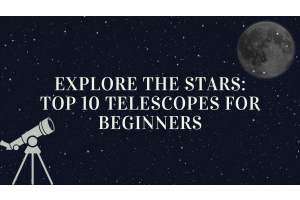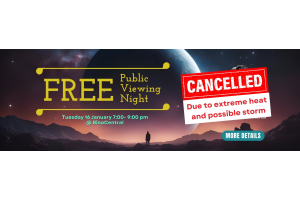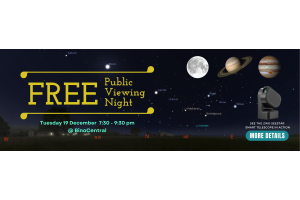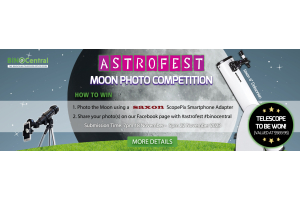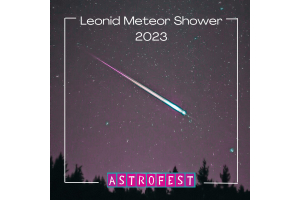Astronomy Courses

If you are interested in any of these courses please drop us an email with the course you are interested in and we will let you know the price and the date the course starts.
BINOCENTRAL STARRYNITES COURSE MODULES
Module 1 – Types of Telescopes.
This module takes you through the advantages of the four main types of telescopes used by amateur astronomers. It deals with the plusses that certain telescopes have and what you will see through the eyepieces. It is designed to help you choose the right type of telescope for your astronomical experience.
Module 2 – Setting up a Go-To Mount.
Most mounts today are “Go-To”. There are still some basic clock drive mounts available in the equatorial range but these are limited. Learn about the different types of mounts and the advantages they offer.
Module 3 – Dobsonian Telescopes
Dobsonian telescope have become very popular over the past 10 years and have led to a revolution in light gathering ability. We shall take an in-depth look at this design with some of the big advantages it offers.
Module 4 – Types of Eyepieces
Eyepieces are one of the most confusing pieces of telescope equipment because there are many types and the choice of power is considerable. The object of this module is to de-mystify various eyepieces and show you how they can enhance your telescopes performance.
Module 5 – Collimating Telescope
Newtonian and Cassegrain telescopes need to be collimated as poor collimation can drastically affect performance. Collimation with the right tools isn’t difficult but absolutely necessary. Learn how to collimate your telescope to bring about the best quality images.
Module 6 – Attaching a Camera or Phone
Some new gadgets are now available for attaching a phone or camera to take shots through your telescope at short duration. Learn how to set and attach you camera to your telescope and the settings you will need to achieve good images.
Module 7 – How to Read a Star Map
Star maps are like road maps. Learn how to read a star map, a computer star program and a star wheel.
Module 8 – Cleaning Optics and Mirrors
If ever there is something astronomers get edgy about it is when their telescope optics or eyepieces need cleaning. Learn how to clean with confidence with the right tools and cleaning aids.
Module 9 – Binocular Observing
Surprisingly binoculars can be a very useful tool for amateur astronomers. Being low powered they offer wide views of the sky with bright images. As there is no inversion of the image they relate well to star maps and are one of the best tools to show the relationship of stars and objects and their position. We shall discuss the best types of binoculars for astronomy.
Modules 10 -11-12 – Basic Astronomy for Beginners
These three modules cover six hours. Starting at our solar system we travel to the stars and then on to the grand universe and the latest studies on how it works.
Module 13 – Dark Sky Practical Night
A practical night at AGWA’s Golden Grove dark sky site. This enables newbies a night under the stars with their telescopes with help given where required in setting up. We shall show you where to find some of the wonders of the night sky. No matter what time of the year, bring warm clothing.
Module 14 – Night Sky Photography
This module is for photographers who would like to learn about taking photos of the moon, Milky Way or just night scenes. We will discuss different types of cameras, lenses and tripods to use with camera settings to get the best results.




